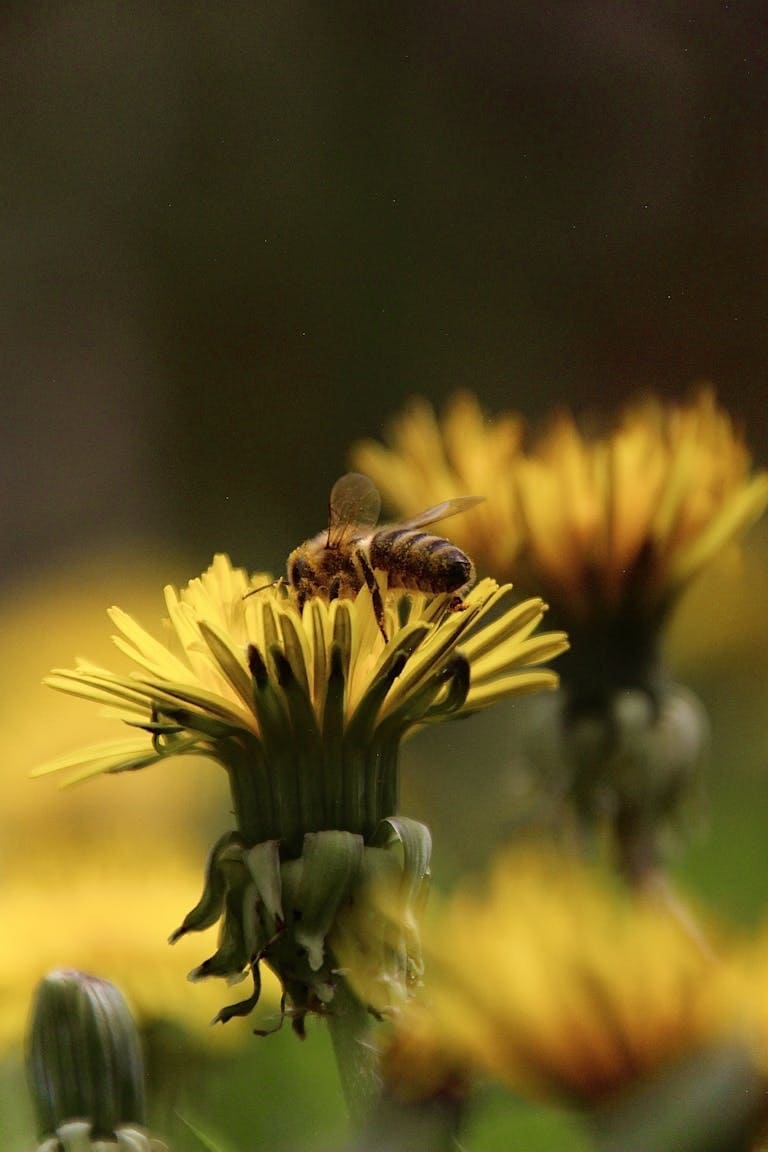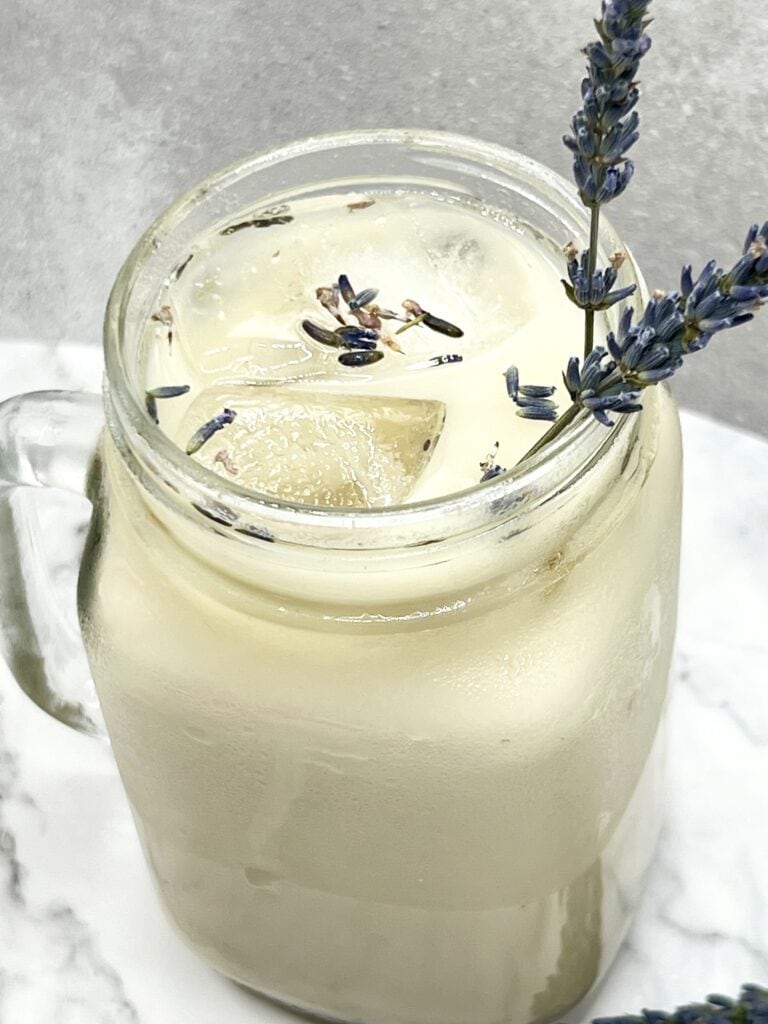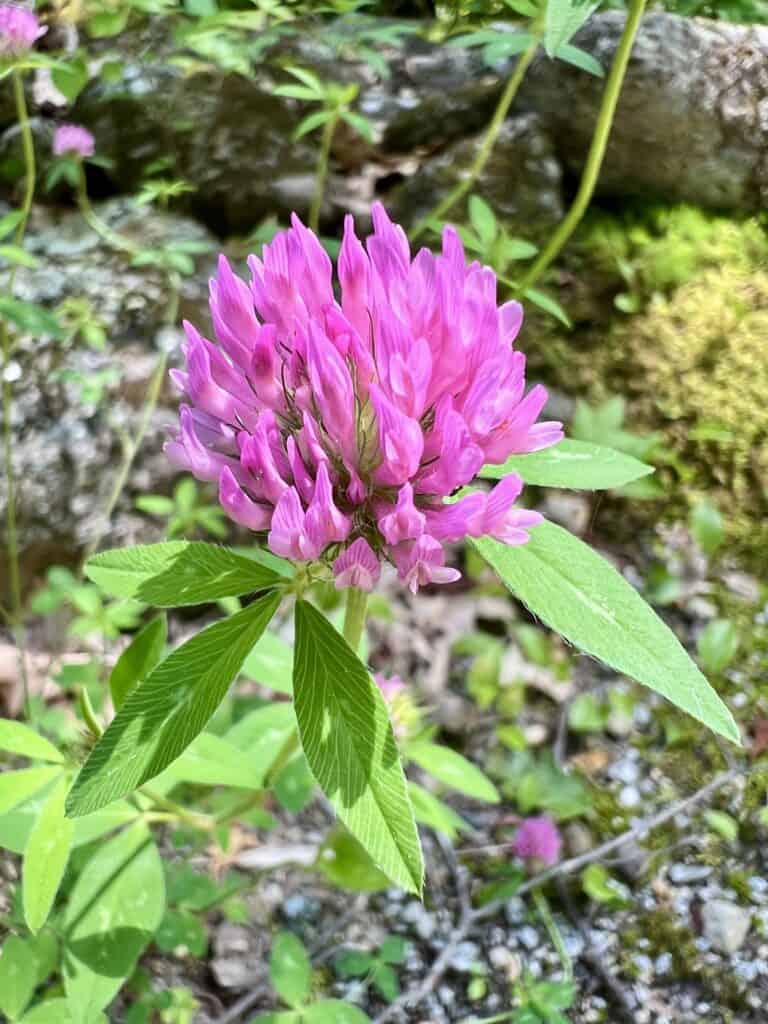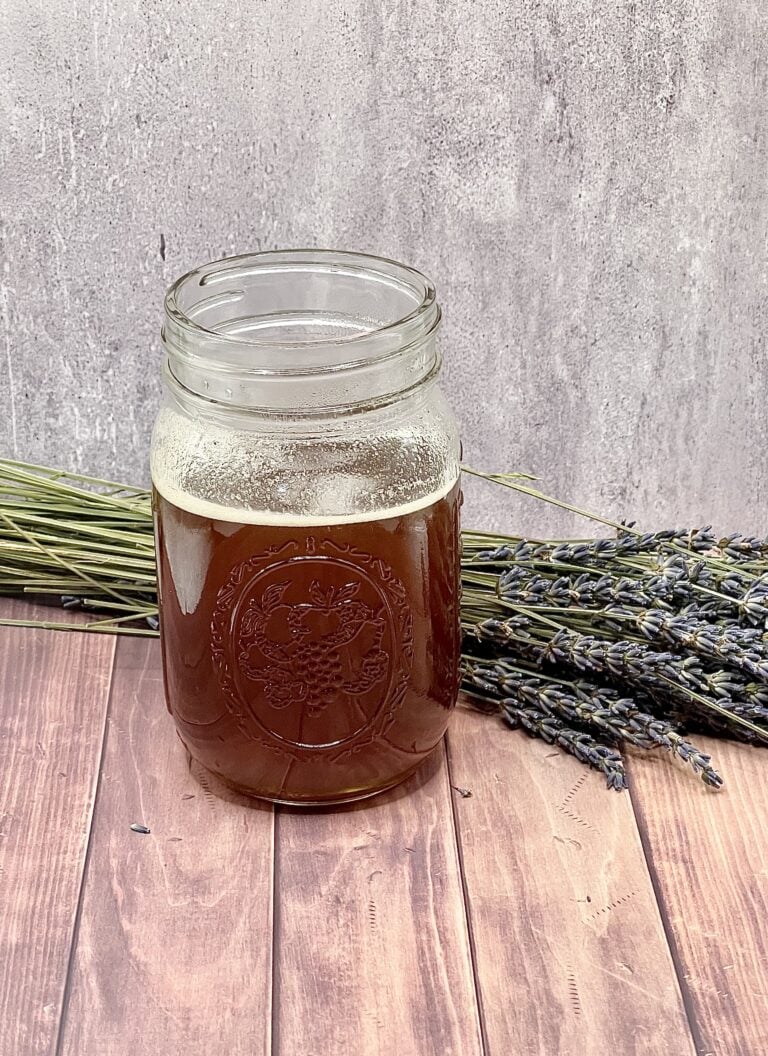Black Eyed Susan Medicinal Uses: A Vibrant Flower with Healing
The golden glow of the Black Eyed Susan (Rudbeckia hirta) brightens meadows, gardens, and roadsides across North America. While it’s often celebrated for its striking daisy-like appearance and resilience, this native wildflower offers more than just beauty. Behind those iconic dark centers and bright yellow petals lies a long history of medicinal uses rooted in traditional Native American herbal practices.

In this post, we’ll explore the medicinal uses of Black Eyed Susan, how to prepare it, and why this vibrant plant deserves a spot in your herbal medicine cabinet.
Disclosure: This post may contain affiliate links. As an Amazon Associate, I earn from qualifying purchases.
What is Black Eyed Susan?
Scientific Name: Rudbeckia hirta
Family: Asteraceae
Native Range: North America
Other Names: Brown-Eyed Susan, Gloriosa Daisy, Coneflower
Black Eyed Susan is a hardy biennial or short-lived perennial wildflower, often mistaken for its close cousin, echinacea. It shares many similar benefits due to their close botanical relationship. This plant can grow up to three feet tall and features long, bristly stems and rough leaves, making it recognizable even before it blooms.
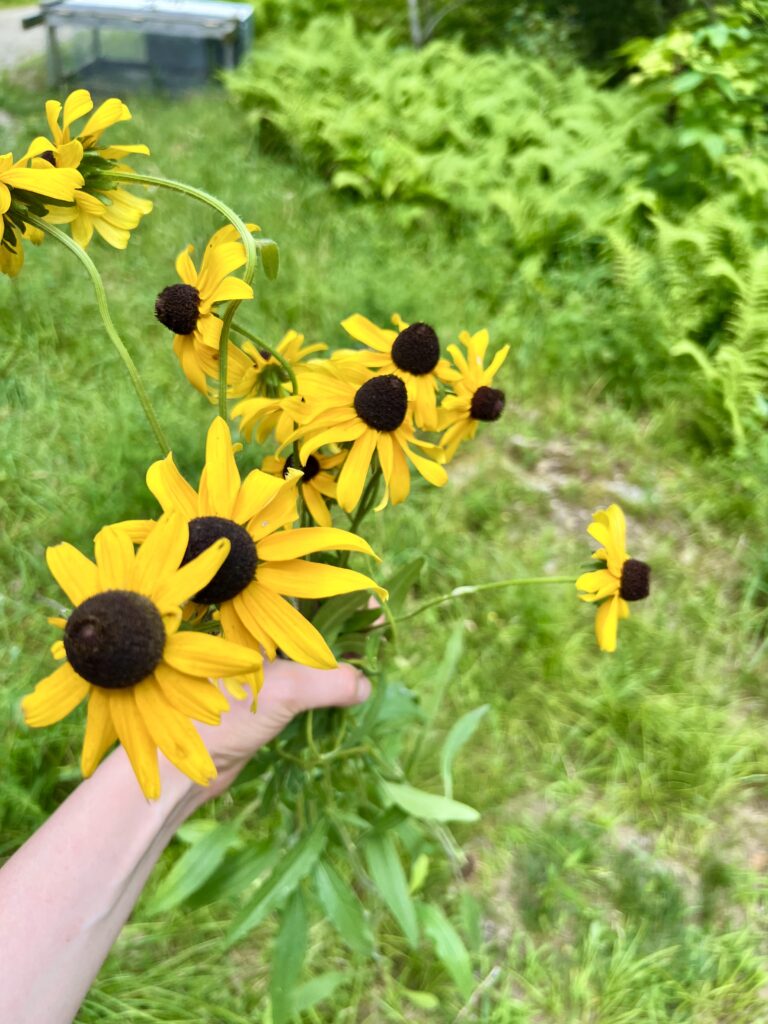
This post may contain affiliate links. As an Amazon Associate, I earn from qualifying purchases at no additional cost to you. Thank you for supporting this blog and my homestead!
Traditional and Folk Medicinal Uses of Black Eyed Susan
Native American tribes, including the Ojibwa and Cherokee, have long valued Black Eyed Susan for its medicinal properties. Here’s how they used the plant for healing:
1. Immune System Booster
The roots of Black Eyed Susan were commonly brewed into teas or decoctions to stimulate the immune system, much like echinacea. Native people often used it to treat symptoms of colds, flus, and infections.
Modern herbalists sometimes consider Black Eyed Susan as a milder alternative to echinacea, especially in teas that aim to support the immune response during early signs of illness.
2. Treatment for Colds and Infections
A root infusion was used as a warm tea to treat common colds, respiratory infections, and even whooping cough. The antibacterial and antimicrobial properties help explain why this plant was historically used to fight infections.
Some records also suggest its use in earache remedies, where the juice from the root was extracted and used as ear drops.
3. Wound Care and Topical Healing
The leaves and roots were often mashed into poultices to treat wounds, sores, cuts, and swellings. The plant’s antimicrobial and anti-inflammatory nature made it useful for preventing infection and speeding up healing.
To make a basic poultice, the leaves could be crushed and placed directly on the skin or mixed with a bit of warm water and wrapped in a clean cloth to draw out infection or soothe a minor skin irritation.
4. Worm Expeller (Anthelmintic)
According to historical records, Black Eyed Susan root infusions were sometimes used as a de-worming agent, particularly in children. This traditional use would involve a tea or decoction intended to expel intestinal worms, although caution should be used when experimenting with internal treatments.
5. Diuretic Properties
Some herbal traditions report the use of Black Eyed Susan as a mild diuretic, helping to stimulate the kidneys and promote the removal of excess fluid and toxins from the body. This effect could support conditions like mild urinary tract infections or water retention.

How to Harvest and Use Black Eyed Susan Medicinally
When to Harvest
- Roots: In fall, after the plant has finished flowering.
- Leaves & Flowers: During the full bloom period, typically mid to late summer.
Drying the Plant
If you plan to use Black Eyed Susan for teas or poultices, drying the plant is a simple and effective way to preserve its benefits. Hang the flower heads and leaves upside down in a warm, dry, dark space. Roots should be washed, chopped, and dried thoroughly before storing.
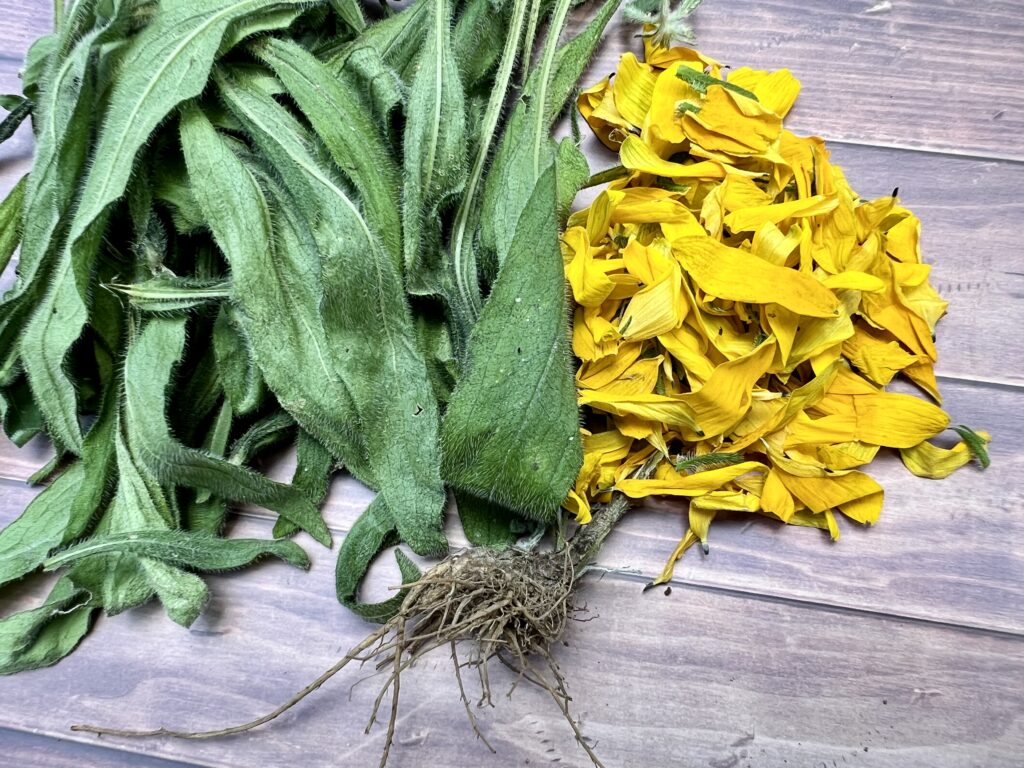
Storage
Store dried plant material in airtight glass jars away from direct sunlight. Label your jars with the plant name and harvest date for future reference.
Medicinal Preparations with Black Eyed Susan
Here are a few ways to incorporate Black Eyed Susan into your home herbal practice:
1. Immune-Supporting Tea (Root Infusion)
Ingredients:
- 1 teaspoon dried or fresh chopped root
- 1 cup boiling water
Instructions:
- Pour hot water over the root in a teacup or mason jar.
- Cover and let steep for 10–15 minutes.
- Strain and sip slowly, up to twice daily at the onset of cold symptoms.
Note: This tea has a mildly bitter flavor and is best sweetened with raw honey.
2. Herbal Poultice for Wounds
Instructions:
- Crush fresh leaves or flowers with a mortar and pestle.
- Apply directly to minor cuts, insect bites, or skin irritations.
- Cover with a clean cloth or bandage and leave on for 20–30 minutes.
3. Tincture for Immune Boosting
You can create a tincture using the roots and 80–100 proof alcohol.
Instructions:
- Fill a glass jar 1/3 with chopped root.
- Cover with vodka or brandy.
- Seal and store in a dark cabinet for 4–6 weeks, shaking occasionally.
- Strain and store in amber dropper bottles.
Dosage: 10–20 drops daily, especially at the first signs of illness.
Safety, Side Effects, and Precautions
Although Black Eyed Susan is generally safe, there are a few important considerations:
- Avoid internal use during pregnancy or breastfeeding due to limited safety data.
- Use caution if you have ragweed allergies, as Black Eyed Susan is part of the same plant family.
- Always test a small amount on your skin first before applying large poultices, as allergic reactions may occur in sensitive individuals.
- Do not confuse it with ornamental hybrids, which may not have the same medicinal compounds and could be treated with pesticides or chemicals.
If you’re new to herbal medicine, consult a qualified herbalist or natural health provider before starting any herbal regimen.

Is Black Eyed Susan the Same as Echinacea?
Black Eyed Susan and echinacea belong to the Asteraceae family and look very similar, but they are different species. Echinacea (Echinacea purpurea) is more well-known and extensively studied for its immune-boosting benefits.
That said, Black Eyed Susan contains similar bioactive compounds, such as alkylamides, that may help stimulate immune function. It’s not as popular commercially, but that doesn’t mean it lacks effectiveness.
Growing Black Eyed Susan for Medicinal Use
This low-maintenance plant is ideal for beginner gardeners and herbalists. It thrives in:
- Full sun
- Well-drained soil
- Hardiness zones 3–9
Plant from seed in early spring or late fall for natural germination. Once established, Black Eyed Susan will reseed itself and come back year after year, bringing beauty and medicinal value to your space.
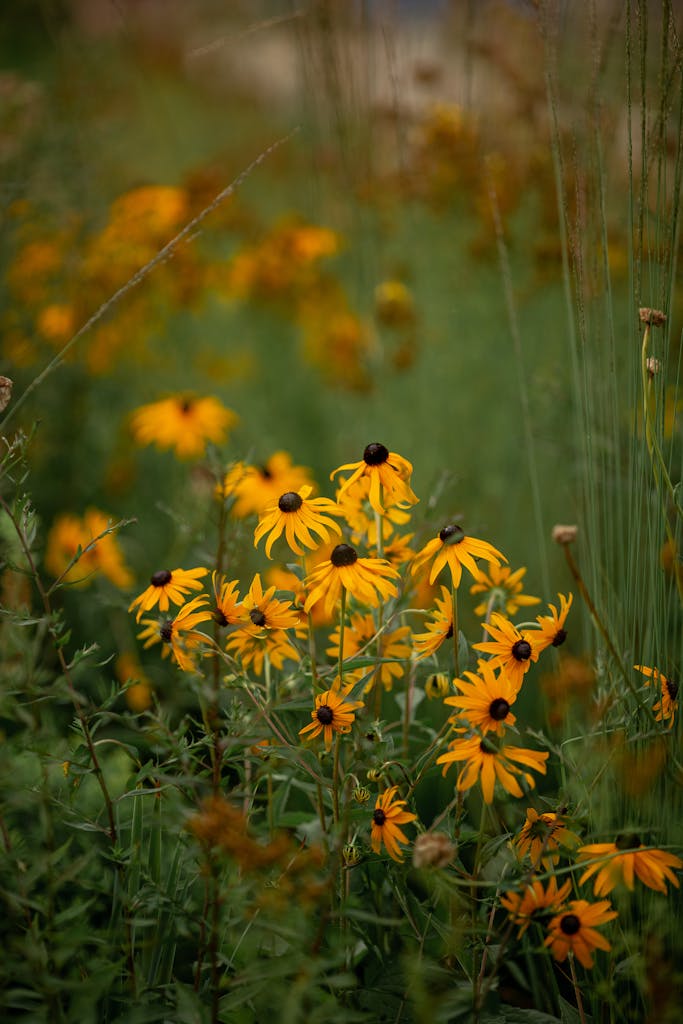
Final Thoughts: Black Eyed Susan for Healing
While it’s easy to overlook this sunny wildflower as just another ornamental bloomer, Black Eyed Susan has been trusted for generations as a healing plant. From immune support to wound care, it offers gentle, natural remedies for a range of ailments.
As with any herbal medicine, it’s best to start small, learn the traditions behind its use, and explore how this humble flower can support your wellness journey.
Shop This Post – Herbal Tools for Black Eyed Susan
- Organic Black Eyed Susan Seeds – Heirloom & Non-GMO
Grow your own medicinal patch right in your garden. - Herbal Root Chopper – Stainless Steel
Makes harvesting and drying roots a breeze. - Loose Leaf Tea Infuser with Lid
Perfect for brewing your root and flower teas. - Amber Glass Tincture Bottles – 2oz Dropper Set
Great for preserving your homemade tinctures.

More Natural Remedies from the Farmhouse
- Medicinal Yarrow: Healing Benefits, Uses, and How to Grow It
- Prunella Plant (Self-Heal): A Complete Guide to Growing and Using This Medicinal Herb
- The Beautiful Oxeye Daisy & its Medicinal Uses: Health Benefits, Remedies & How to Use It
- Red Clover Tea Benefits: A Soothing Herbal Remedy
🌼 FAQ: Black Eyed Susan Medicinal Uses
Is Black Eyed Susan edible or poisonous?
Black Eyed Susan (Rudbeckia hirta) is not considered toxic to humans, and it has been safely used in traditional medicine. However, it is not generally consumed as food, and internal use should be limited to properly prepared herbal remedies like teas and tinctures. Always consult a trusted source before ingesting any wild plant.
What part of the Black Eyed Susan is used medicinally?
The roots are most commonly used for immune support and internal remedies. The leaves and flowers can be used externally in poultices or salves for skin conditions. Roots are usually harvested in fall, while flowers and leaves are best collected during peak bloom.
Can you make tea from Black Eyed Susan?
Yes! You can brew a root tea from dried or fresh Black Eyed Susan roots. It’s traditionally used for immune support, colds, and infections. However, it should be used in moderation and not consumed daily or long-term without guidance from an herbalist.
Is Black Eyed Susan the same as Echinacea?
No, although they look similar and belong to the same botanical family (Asteraceae), Black Eyed Susan (Rudbeckia hirta) and echinacea (Echinacea purpurea) are distinct species. Both are used to support the immune system, but echinacea is more widely studied and commercially available.
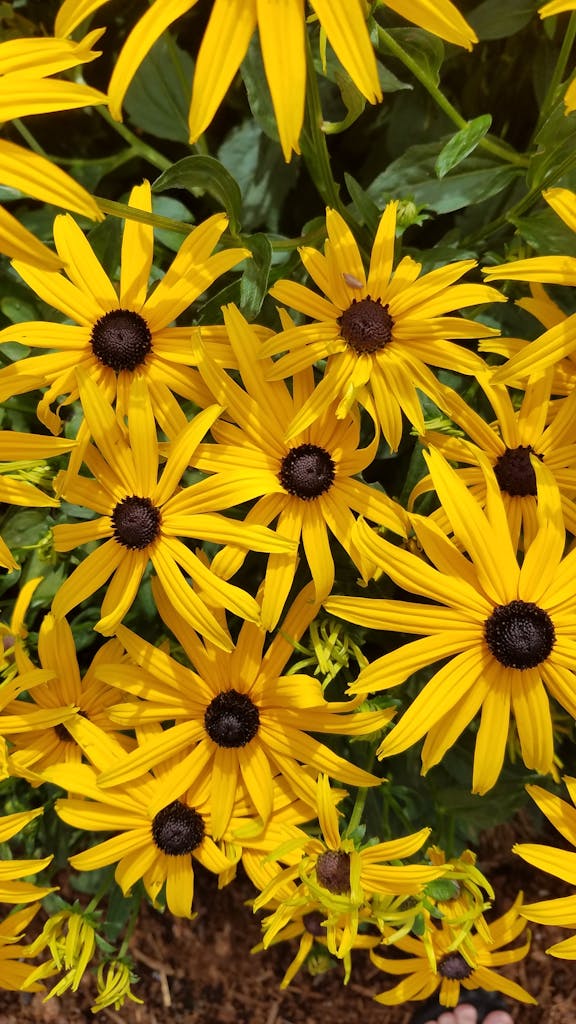
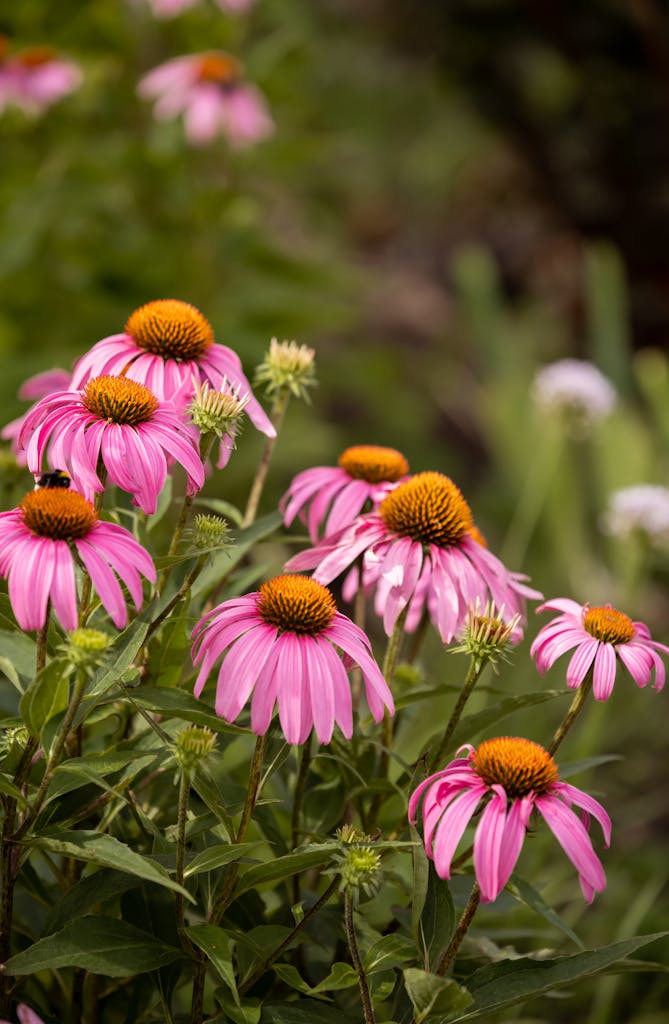
What are the traditional medicinal uses of Black Eyed Susan?
Traditional uses include:
- Immune support (similar to echinacea)
- Treatment for colds and infections
- Wound healing poultices
- Earache relief
- Diuretic support
- Expelling intestinal worms
How do you make a tincture from Black Eyed Susan?
To make a tincture:
- Chop fresh or dried root.
- Fill a glass jar 1/3 full with root material.
- Cover with 80–100 proof alcohol.
- Seal and store in a dark place for 4–6 weeks.
- Strain and use in small drop doses (10–20 drops).
Tinctures preserve the medicinal compounds and can be taken at the onset of illness.
Are there any side effects or risks with Black Eyed Susan?
While generally safe in small doses, potential risks include:
- Allergic reactions, especially for those with ragweed or aster family allergies
- Unknown effects during pregnancy or breastfeeding
- Digestive upset if taken in excess
Always test a small skin patch before external use and speak with a professional before internal use.
Can I grow Black Eyed Susan in my herbal garden?
Yes! Black Eyed Susan is a low-maintenance, drought-tolerant wildflower perfect for herbal gardens. It grows best in full sun and well-drained soil. It’s also beneficial for pollinators like bees and butterflies, making it a beautiful and useful addition to any homestead or herbal garden.
The information provided in this post is for educational purposes only and is not intended to diagnose, treat, cure, or prevent any disease. Always consult with a qualified healthcare provider before using any herbal remedy, especially if you are pregnant, nursing, taking medications, or have a medical condition. Use common sense and do your own research when working with wild plants.
